‘Secrets of the Zoo’ explores bonds behind the scenes, wildlife conservation efforts
Season 2 of the Nat Geo Wild show includes a look at various endangered animals.
From new programs to help raise spotted cheetah cubs to reintroducing a once-extinct herd of Oryx back into Africa, the Columbus Zoo and Aquarium has made a profound mark on the conservation world.
The animals and caretakers at the southeast Ohio zoo are the stars of National Geographic Wild’s hit show "Secrets of the Zoo." "Nightline" got an up close look at the incredible work happening behind the scenes.
The Columbus Zoo and its conservation program, which supports local and global wildlife education and conservation, is consistently ranked among the top zoos in the nation, with a reputation for saving endangered species.
One of the zoo’s veterinarians, Dr. Pryia Bapodra, practices life-saving procedures on a variety of animals daily, like drawing blood from the neck of a giraffe, Lance, to keep in the plasma bank that helps other giraffes in need.
Dr. Bapodra said that watching the gentle giants, who are vulnerable to extinction, on the TV show has had “a very emotional impact.”
“We love these individual animals that have such a bigger purpose to animals at other zoos, [and] animals in the wild,” she said.
The passion for animals among the staff spans across an array of species, and includes a furry trio of newborn cheetah cubs who will make their debut on the show this season.
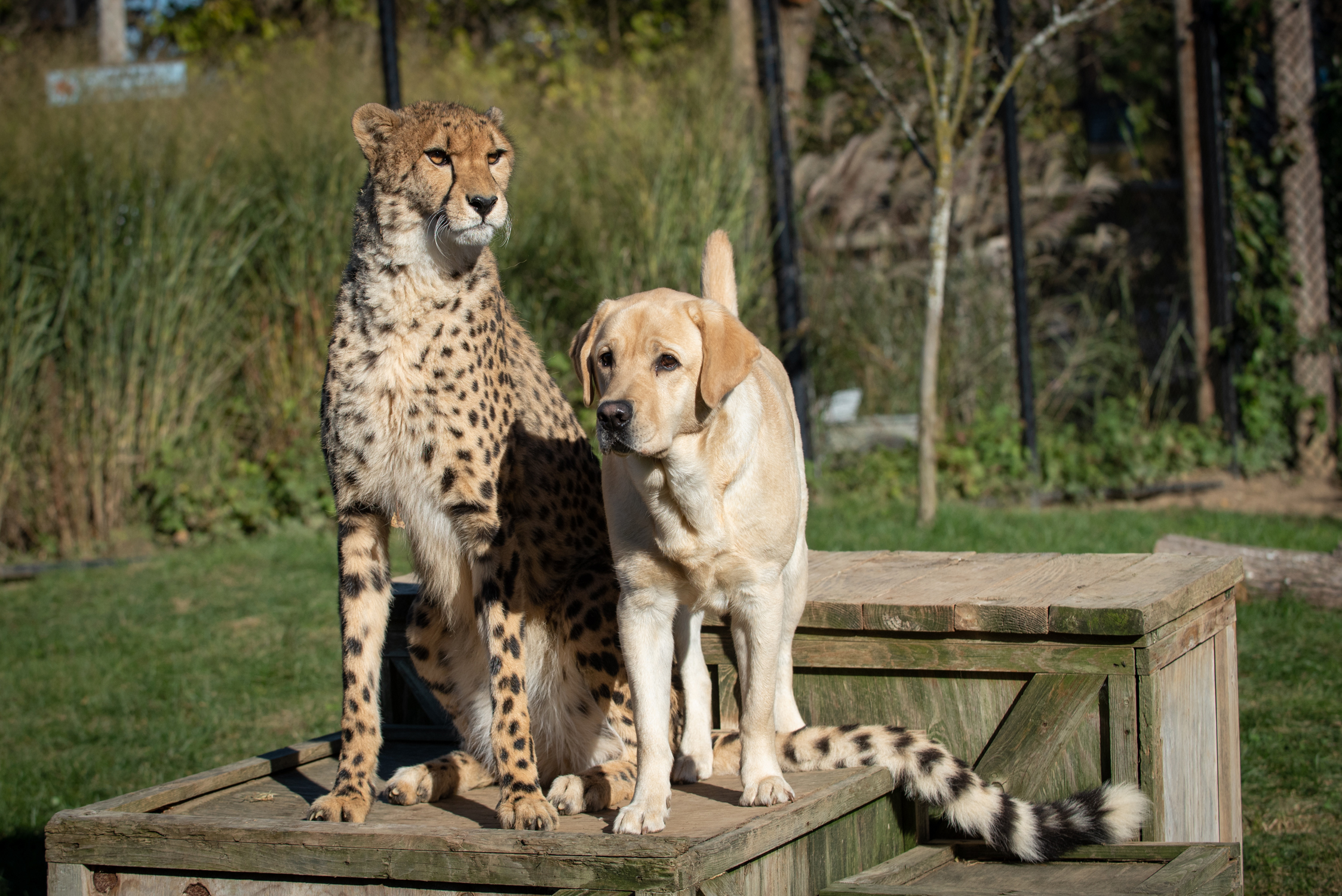
The staff have worked to give cheetah cubs Debbie, Francis and Bob, the best chance to survive by using program that introduces the wild cats to guide dogs.
The program, pioneered by Suzi Rapp, vice president for animal programs at the Columbus Zoo, has already proven successful for the cheetahs, according to the zoo.
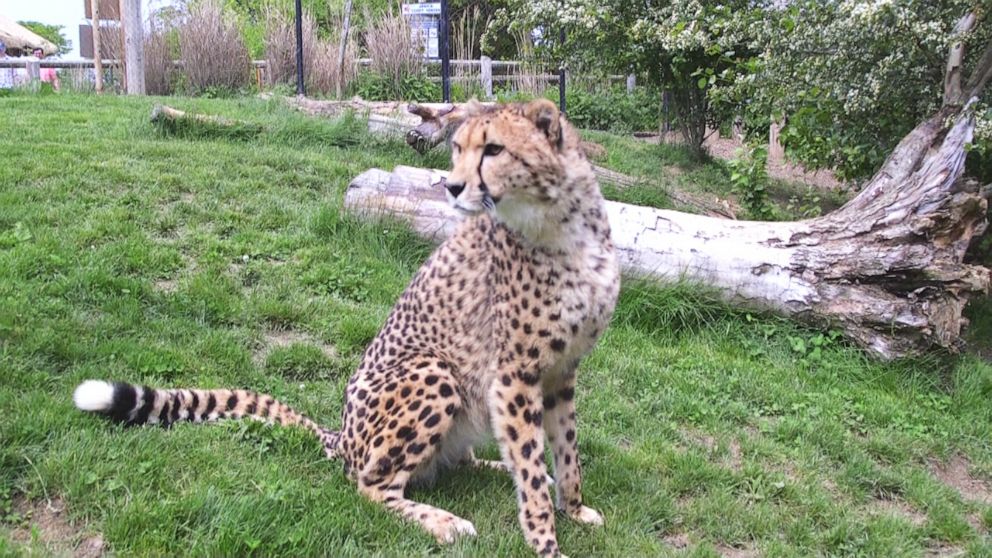
Emmet, another cheetah cub at the Columbus Zoo, was unable to be raised by his mom, and has grown up alongside the yellow Labradors from Rapp’s program. The dogs have helped Emmet feel secure, and boost the cub’s confidence.
“It’s the most magnificent animal in the world,” Rapp said of the spotted African cats. “There's less than 7,000 of them, and it’s the most endangered big cat in Africa, and I don’t know that a lot of people realize that.”
“This cat's in trouble, and we need to do everything we can to keep these animals around," she added.
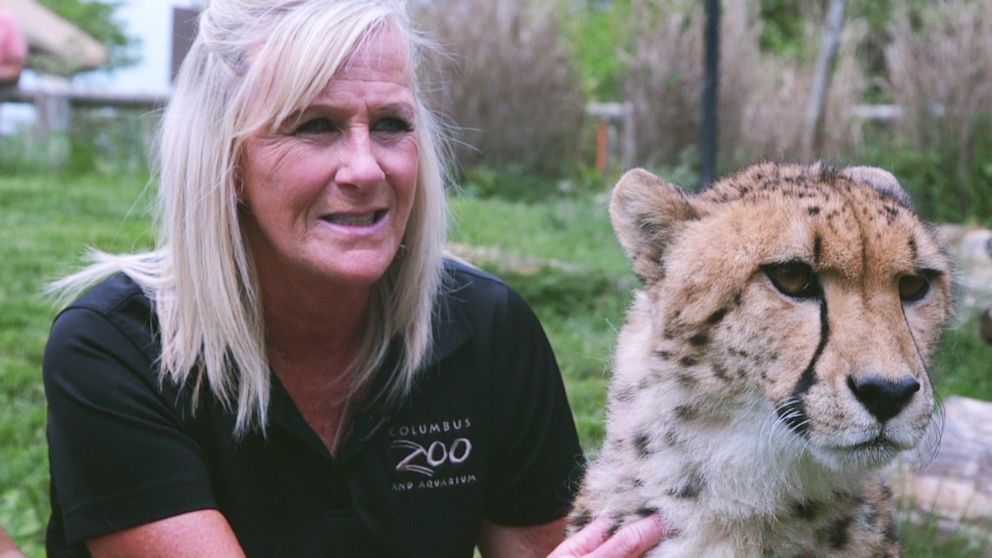
The bond that humans have with the animals represents the heart of the show, Rapp said.
“Our secrets are nothing more than compassion, hard work and the love of what we do,” she explained.
From otters to manatees, compassion is on full display at the zoo and aquarium.
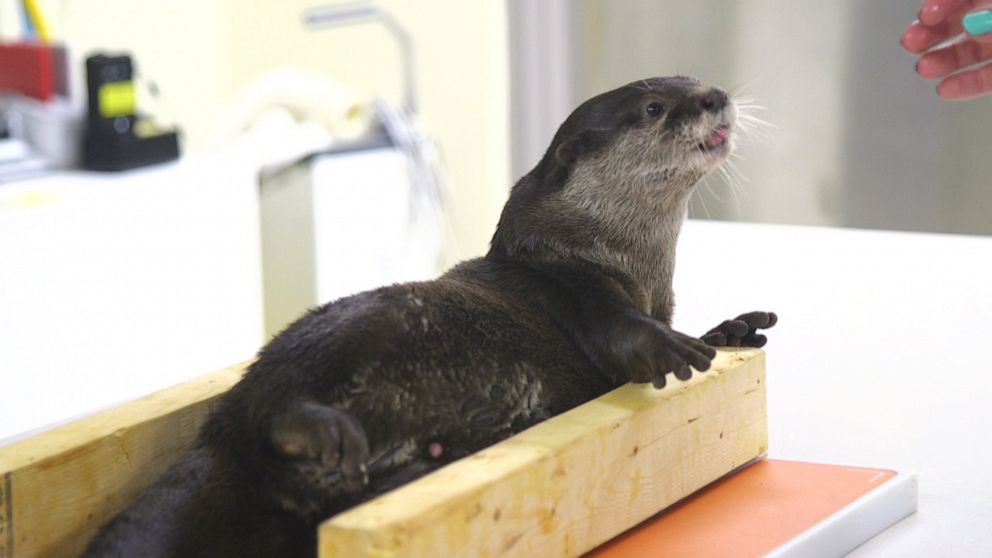
It has even attracted one of the biggest names in wildlife conservation -- Jack Hanna -- who told ABC News it’s a great place for people who may never make it to the parts of the world where these animals come from.
At The Wilds, one of the largest conservation parks in North America, animals that are threatened, endangered and critically endangered, all graze and live freely.
The center has even brought back animals from the brink of extinction as part of the Association of Zoos and Aquariums Species Survival Plan.
The Scimitar-horned Oryx, also known as the Sahara Oryx, went extinct in North Africa in 2000, but the animal continued to be bred in captivity.
In 2016, a group of Oryx’s born in southeastern Ohio were returned to the wilderness in Chad, according to vice president of The Wilds, Dr. Jan Ramer.
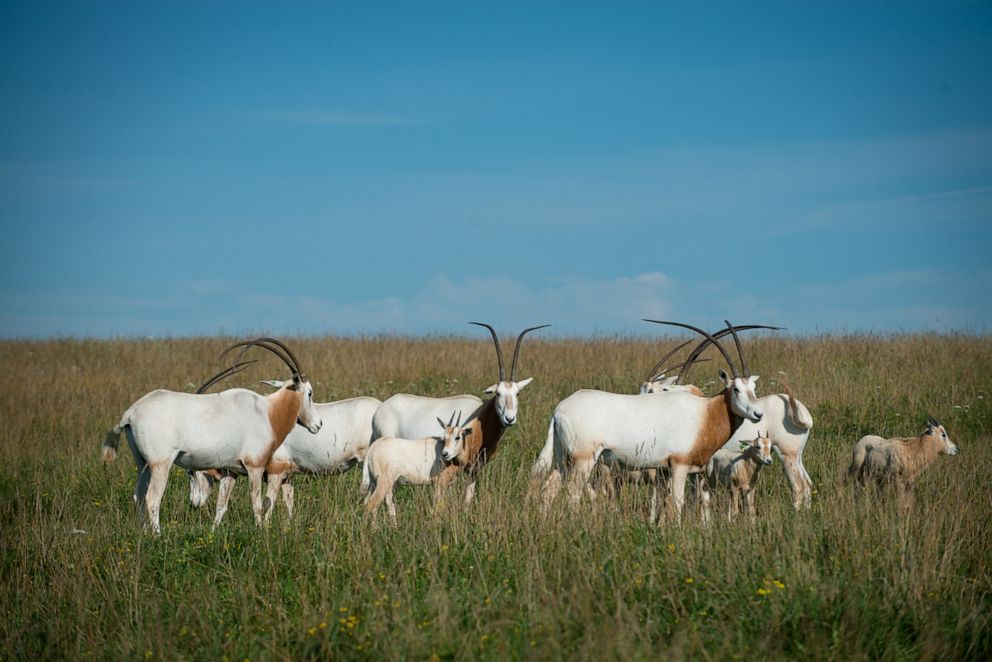
“That's really what we're about, that is full circle, where we have an assurance herd we're breeding an endangered species, and we get to help with all of our international partners put that animal back in the wild,” Dr. Ramer said. “It actually kind of brings a tear to my eye when I think about it.”
Dr. Ramer’s care and attention is on display every step of the way on the show, especially when a pregnant cheetah, Wangari, went through a harrowing birth.
“This was her last shot at being a mom,” Ramer said. “She had one still born, she had another one born. So we knew that there was one alive that she was caring for. But a cheetah can’t really take really take care of one cub, she won’t make enough milk.”
“Thirty hours later, she gave birth to a cub and it didn’t move for a long time and we thought, ‘Oh gosh, that third cub is dead’ and then it moved,” she recalled. “She’s been such a good mom and we are just thrilled.”
The cubs are now a year old and still doing well under the care of their mom.
“I think for most of us who work in the field of conservation, we really want to inspire people,” Ramer said. “We can really change the world by making one small behavior change.”



